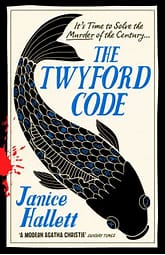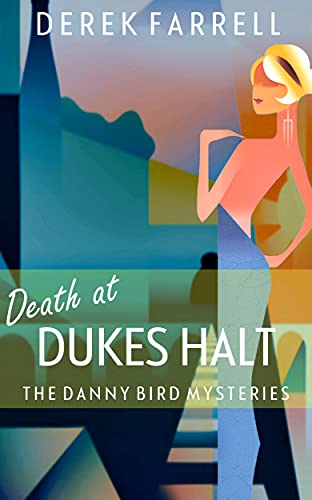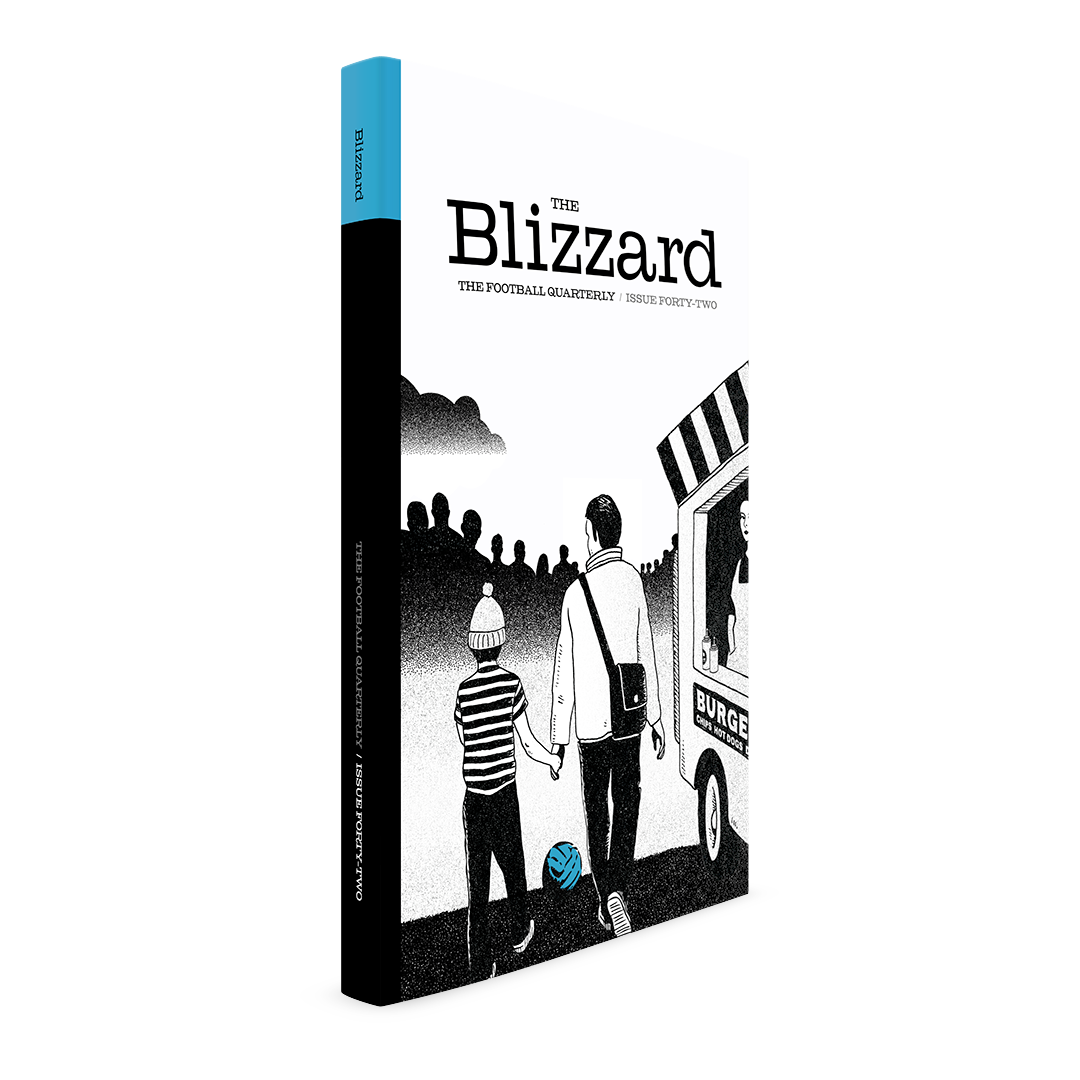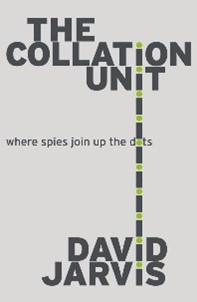By Janice Hallett
Published by Profile Books Ltd https://profilebooks.com/
368 pages ISBN 2928377076214
Publication date 13 January 2022
I was allowed access to a pdf review copy on Net Galley. Thanks to the author and publisher for organising this.
From the blurb/synopsis
It’s time to solve the murder of the century…
Forty years ago, Steven Smith found a copy of a famous children’s book, its margins full of strange markings and annotations. He took it to his remedial English teacher, Miss Isles, who became convinced it was the key to solving a puzzle. That a message in secret code ran through all Edith Twyford’s novels. Then Miss Isles disappeared on a class field trip, and Steven’s memory won’t allow him to remember what happened.
Now, out of prison after a long stretch, Steven decides to investigate the mystery that has haunted him for decades. Was Miss Isles murdered? Was she deluded? Or was she right about the code? And is it still in use today? Desperate to recover his memories and find out what really happened to Miss Isles, Steven revisits the people and places of his childhood. But it soon becomes clear that Edith Twyford wasn’t just a writer of forgotten children’s stories. The Twyford Code has great power, and he isn’t the only one trying to solve it…
My thoughts
I noticed in the summer that Janice Hallett’s novel The Appeal had taken off in a big way, it was Times Book of the month for January 2021 (and has just been awarded its book of the year accolade) so when this novel appeared on Net Galley, I decided to see what the all the excitement was.
I confess to not having read The Appeal yet, but I understand that it has been constructed as if it were a file of primary documentary evidence. Intriguing. The Twyford Code is similarly quirky being constructed mainly from computer translation of voice files recorded on an iPhone 4. No doubt there will be purists and prose pedants who will be appalled by the idea and indeed it is a format that doesn’t lend itself to sparkling prose and loses a little of the rhythmic poetic qualities that great prose possesses. However, this is more than made up for by other qualities. Some of the dialogues are wonderful and the mistranslations add to the mystery of what precisely was intended. I must confess that it took me a few pages to attune to it but then you realise there is a kind of natural cadence to it if you were to read it out loud. It also allows for uncertainty and anxiety, and we are dealing with speech rather than stage
Codes, bluffs and mis-directions are central to the plot. In fact, some are so fiendish that it is a struggle to do justice in a review without the risk of giving away a spoiler. A few hints and nudges may be given but this book would ruined by giving too much away and then the reader would be deprived of the joy of a lovely satisfying plot unwind. Needless to say that the seemingly straightforward plot is not all it seems. The clues are there but spotting them is no easy task and well beyond my capabilities. As the Major General famously sung in The Pirates of Penzance that “…I can write a washing bill in Babylonic cuneiform…”, I imagine Janice Hallett would consider that child play and would want to put it through a double substitution cipher just to be sure. The author must have found it satisfying how intricately Steve gathers outsider’s logic, Dijon mustard yellow Volvos notwithstanding, so the code can be broken.
The principal character that of Steve Smith is engaging and empathetic. He has been a career criminal, but he wants to go straight and find his redemption. His childhood and family life were disturbed, so as a substitute he falls in with the Harrisons, a second tier London gang behind the Krays and the Richardsons. He finally discovers that though he considers them to be his family the Harrisons do not and he ends up doing the long stretch from which he is newly released from at the start of the novel. He is not a loveable cockney gangster but a man who had a bad start in life and compounded this by making bad decisions. Even so he lacks self-pity and is determined to solve the mystery surrounding the disappearance Miss Isles. Lucy the librarian is sympathetic, for reasons that will become clear, the friends are caring, and his brother poor Colin is a sad picture of a man.
Ultimately this is a story that has a feel-good factor and reminds us to cherish family and friendships, that can last a lifetime, and not take them for granted.
As readers of my blog and friends know I read physical paper books, eBooks and listen to a great many audiobooks when walking the dog so I am not fussy over the format. I think that reading the physical book would probably best, my kindle version was fine but being easier refer back to earlier sections when the unwind comes would have been helpful. As for the audiobook, whoever has signed up to narrate it then sir or madam I salute you as this will be no easy job ahead to capture the essence of the book but if you pull it off it will be a magnificent addition to you CV.
This wonderful book will no doubt sell by the lorry load, and it would be no surprise for it to pick up many deserved accolades. I for one intend to put right my oversight and get a copy of The Appeal soon. What is to come in the next novel is anyone’s guess, I for one can’t wait to read it.





